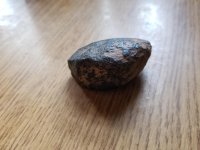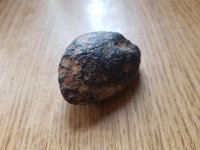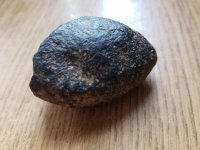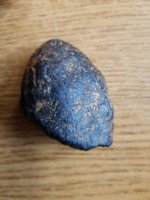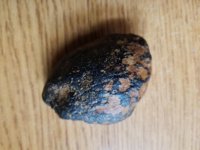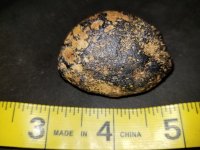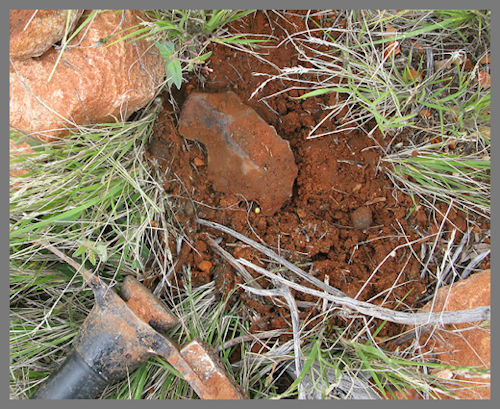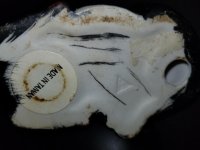Farmer1974
Newbie
- Jun 8, 2024
- 3
- 1
I found this while plowing a garden. It has a heavier denser feel than a normal rock, I did a Google picture search, and it pulled up meteorite matches. After doing more searches on the internet, I found some tests to do. The first test was on unglazed porcelain to see if it would leave a mark
the item left a black strike. I also read that a weathered meteorite would leave a mark.
The item doesn't seem like it has any magnetic properties, the Magnet doesn't seem to be attracted to it. I read that there are some stony meteorites without metal.
Would like to get some opinions if this could be a meteorite.
Thanks for any help
the item left a black strike. I also read that a weathered meteorite would leave a mark.
The item doesn't seem like it has any magnetic properties, the Magnet doesn't seem to be attracted to it. I read that there are some stony meteorites without metal.
Would like to get some opinions if this could be a meteorite.
Thanks for any help


